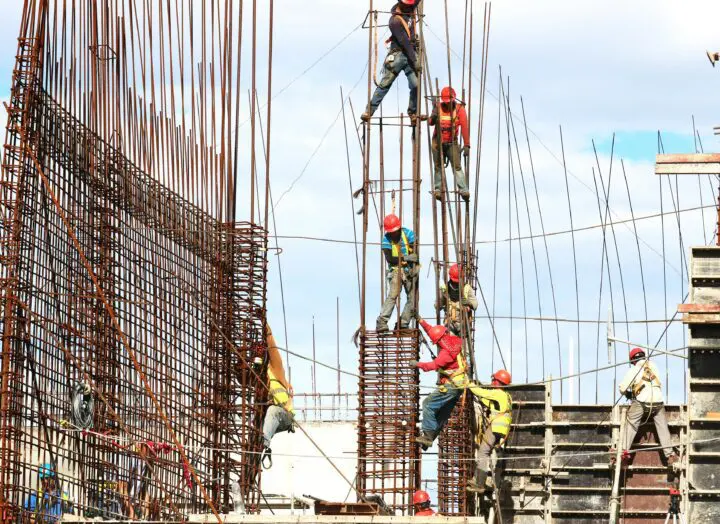The Perils of Substitutions
Substitutions are ingrained in the project delivery process.
Text
Substitutions are ingrained in the project delivery process. Potential cost savings lead others to assume the architect’s role and change the project scope–without needed proof of product performance. Unfortunately, resistance is not an endearing client service strategy, so developing a viable approach to handle these requests is needed.
While an architect may have a reliable specification based on research and product performance, a client may propose product substitutions with which the architect has limited knowledge or experience. An architect may agree to use a new, untested product to save the owner money, adding it to the contracted work scope without adequate supporting specifications or product data. This in turn may result in product failure and the architect being blamed. A manufacturer may maintain that the product was improperly stored or installed, voiding its warranty, while the contractor may maintain the product was used because the architect approved it.
As the sole architect on the project, you have the sole authority to specify the products and systems to be used on it, with your required approval of changes to the project scope. However, the Value Engineering (VE) process, often used for cost-cutting, may include substitutions purported to save the owner money if accepted by the owner and contractor, thereby changing the scope of the project but assuming no responsibility which rests with the architect.
The contract documents should require that substitutions have the approval of the architect to allow the architect to remain in control of the project scope. While there is no way to eliminate entirely the risks associated with VE substitutions, it can be managed by the architect. Some tips that are offered in the paper include:
- Be sure that everyone understands the advantages and disadvantages of VE substitutions.
- Use a Substitution Request Form from the Construction Specifications Institute (CSI)–and for use of VE after the bidding/negotiation stage, use the form 13.1A requiring documentation by the contractor when requesting a substitution.
- Develop your own form based upon the “Manufacturer’s Certification of Equal Quality,” in The Architect’s Handbook of Professional Practice, 14th Edition, Chapter 14.2 and follow helpful steps about controlling substitutions.
- Since state licensing statutes makes the architect responsible for construction documents issued under one’s seal and signature, consider not revising the contract documents for an unfamiliar product with a weak performance history.
- Give the contractor is conditional approval to use the product provided that it performs equal to or better than that originally specified, thus making the substituted work a contractor performance requirement.
Design professionals should assume that the VE/Substitution process will continue to be used in the industry given the volume of new products. Therefore, the architect must prepare and manage appropriately to comply with state licensing statutes. A list of key considerations is provided in the paper, with suggested elements to include in the VE/Substitution management process.
More on Contracts & Professional Liability

Professional Liability Insurance Database
Professional Liability
Is Your Firm Eligible for a Premium Credit?
News ▪ January 2009
Straightforward Advice on Preserving Cash Flow
Professional Liability ▪ Retirement & Financial Planning ▪ Article